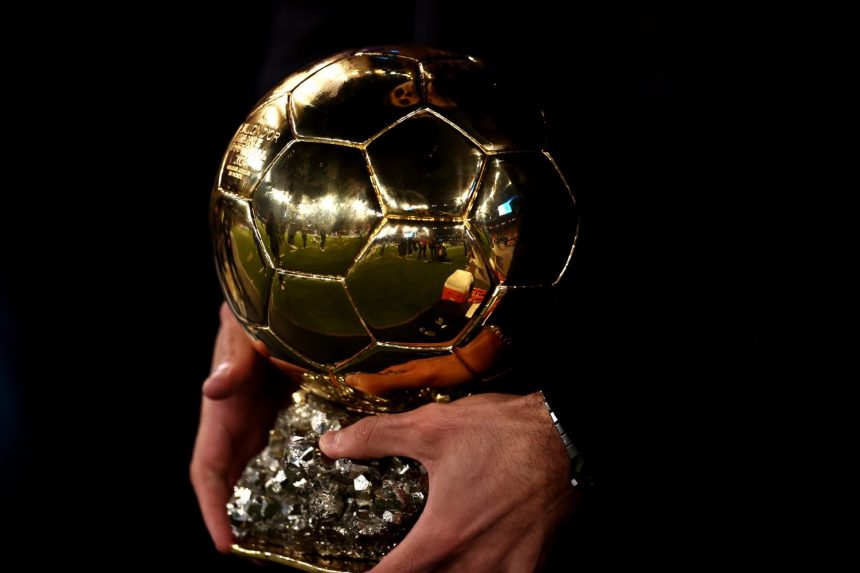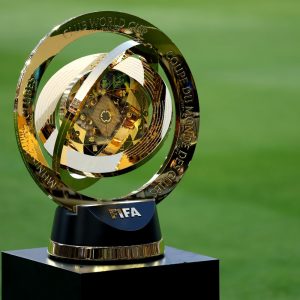For almost 70 years, the Ballon d’Or has fascinated and divided the footballing world. Now the ultimate individual accolade, the trophy is the stuff of dreams for the greatest talents from Paris Saint-Germain and beyond, and today it arouses as much controversy as admiration. At a time when the influence of marketing, social networks and lobbying is calling into question its impartiality, it’s time to question the real place of the Ballon d’Or in the modern soccer ecosystem.
The Ballon d’Or: an historic myth still alive and kicking
A dream trophy since 1956
Since its creation by France Football in 1956, the Ballon d’Or has established itself as the supreme individual award in world soccer. It has crowned legends of every generation, and the ceremony, broadcast in over 180 countries, attracts millions of television viewers every year. For players, it’s a childhood dream, an ultimate goal, and for fans, a marker of prestige and excellence.
A barometer of popular passion
The Ballon d’Or is more than just a trophy: it’s a cultural phenomenon. Each edition triggers passionate debate in the media, on social networks, in the dressing room and even in the playground. In 2025, the Dembélé-Yamal rivalry set the soccer world alight.
According to Nielsen Sports, the hashtag #BallonDor2025 generated over a billion impressions on X and Instagram, even surpassing the peak audience figures for the Champions League final. For many fans, the quest for the Ballon d’Or has become as important, if not more so, than a Champions League victory or a historic quadruple for PSG.
Lobbying, marketing and social networks: the new deal
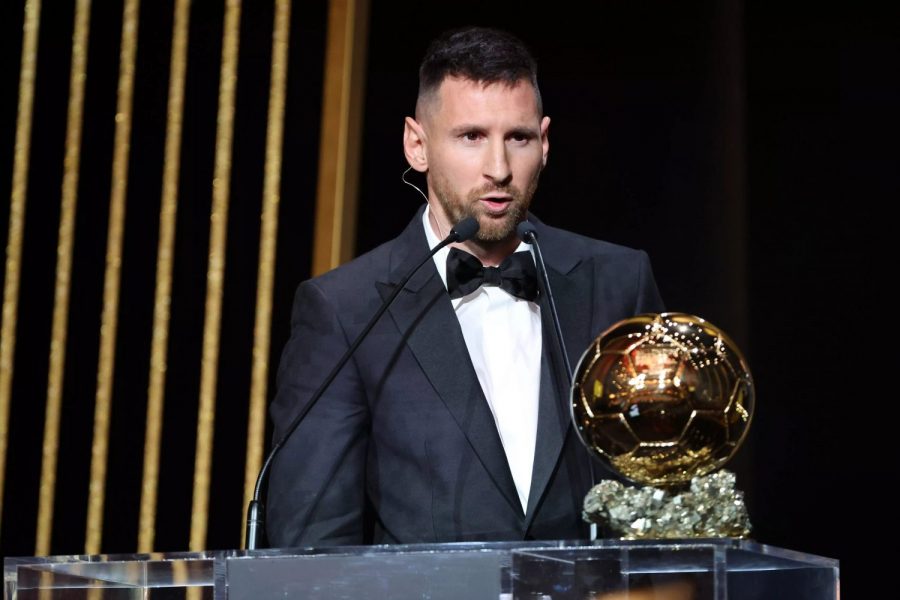
An influential selection process
The Ballon d’Or is awarded by an international jury of specialist journalists, with one representative from each of the top 100 countries in the FIFA rankings. The official criteria are individual and collective performance, class and fair play, but the reality of the voting process is more complex.
Clubs, agents and sponsors invest massively in communication and lobbying to promote their candidates, via social networking campaigns, personalized content and exclusive events.
Social networks, the new arbiter of the Ballon d’Or
Social platforms have become a decisive sphere of influence. In 2023, the #BallonDorMessi campaign generated 500 million views on X and Instagram, mobilizing clubs, sponsors, former players and celebrities.
In 2021, the pro-Lewandowski campaign, orchestrated by Bayern Munich, reached 240 million interactions, but was not enough to reverse the Messi-PSG dynamic. The weight of virality is such that a spectacular goal or viral sequence can now weigh more heavily than the regularity of a defender. Clubs are investing in dedicated teams to maximize the digital impact of their candidates.
The influence of agents and sponsors
Players’ agents and sponsors are also playing a growing role. Several agencies have implemented targeted strategies to coordinate their clients’ campaigns, even going so far as to target voting journalists via personalized content and invitations to exclusive events. This trend is increasing competition and sometimes blurring the line between sporting merit and influence strategy.
Historical dimension and excesses: from excellence to starification
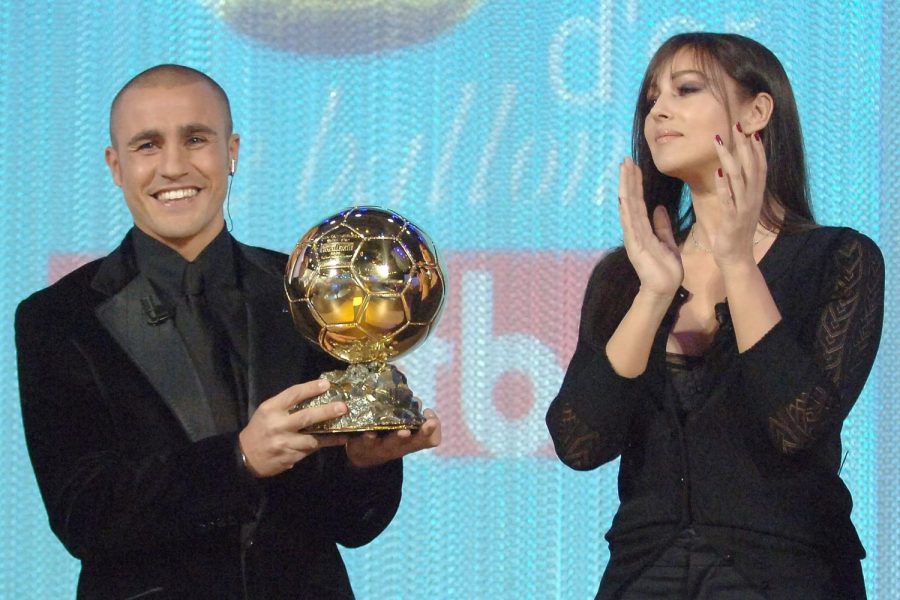
Evolving criteria and recurring controversies
Originally, the Ballon d’Or rewarded technique, consistency and influence on the game. But since the 2000s, starification and media coverage have favored offensive profiles. Of the last 25 winners (2000-2024), 21 have been strikers or attacking midfielders.
Defenders (Cannavaro in 2006) and goalkeepers (Yachine in 1963) are the exception. Controversies abound: in 2021, Messi’s win over Lewandowski was disputed by many observers, and Rodri’s victory in 2024 provoked strong reactions in Madrid.
The Ballon d’Or and the diversity of roles
The focus on attack is creating growing frustration among midfielders, defenders and goalkeepers. Marquinhos (PSG), an exemplary captain, has never figured in the top 10 despite a number of top-level seasons. The Ballon d’Or, supposed to embody universal excellence, struggles to recognize the diversity of talent that makes soccer so rich.
International comparisons: the Ballon d’Or puts pluralism to the test
NBA, rugby, handball: inspiring models
In the NBA, the MVP is awarded for his impact on the regular season, but specific trophies also distinguish the best defender, the best sixth man, etc. In rugby, the World Rugby Player of the Year has already crowned forwards and backs, underlining the plurality of roles. These models show that it is possible to combine individual prestige with recognition of the diversity of profiles.
The Ballon d’Or, a special case with room for improvement
The Ballon d’Or remains unique in terms of its history and aura, but it would benefit from drawing inspiration from these models to strengthen its legitimacy. A number of voices, including those of coaches and former winners, are calling for reform, such as the creation of distinctions by position, or the publication of detailed votes for greater transparency.
Childhood dreams, fascination and identity
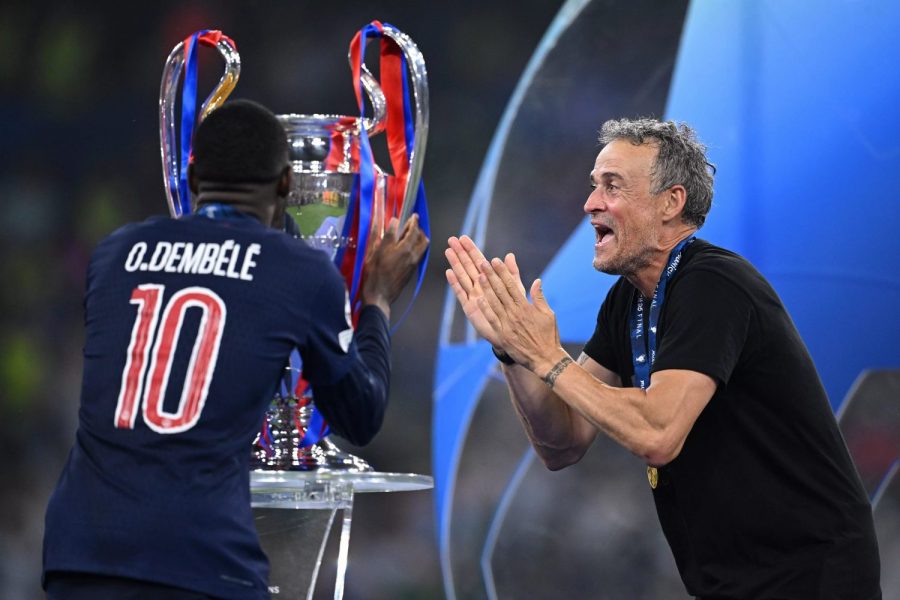
The Ballon d’Or, the driving force behind ambitions
For young players, the Ballon d’Or remains a founding dream. Kylian Mbappé, Ousmane Dembélé and Vitinha all spoke of their admiration for the trophy, a symbol of excellence and achievement. In training centers, it’s not uncommon to see children mimicking the winner’s pose, golden ball in hand. According to an Ipsos poll (2024), 68% of young footballers in France cite the Ballon d’Or as “their ultimate dream”, ahead of Champions League victory (54%).
Between myth and disenchantment
But over-mediatization, controversy and suspicions of manipulation risk tarnishing this dream. The Ballon d’Or must remain a symbol of excellence, not a power or marketing issue. PSG, on the strength of their quadruple success, must remind us that soccer remains, above all, a collective adventure.
Concrete proposals to restore balance to the Ballon d’Or
If the Ballon d’Or is to regain its meaning and serve to enhance the diversity of soccer, a number of avenues could be explored:
Create Ballon d’Or awards for each position
Reward the best goalkeeper, defender, midfielder and striker each year, as is the case in the NBA and other team sports.
Make the voting process more transparent
Publish full details of the votes cast and the criteria used by each journalist, to limit suspicions of lobbying and influence.
Integrate objective criteria
Use advanced statistics (defensive impact, key passes, kilometers covered, etc.) to weight the analysis and value lesser-known profiles.
Limit the influence of advertising campaigns
Impose an ethical charter on clubs and agents to avoid aggressive campaigns and preserve the dignity of the Trophy.
Enhance collective honors
Put the spotlight back on team titles, collective performances and fair-play trophies, as a reminder that soccer is first and foremost a team sport.
Educate about the diversity of roles
Make the public, especially young people, aware of the importance of all positions and the complementary nature of talent, to break away from an overly individualistic vision of soccer.
Conclusion: The Ballon d’Or, yes…but at what price?
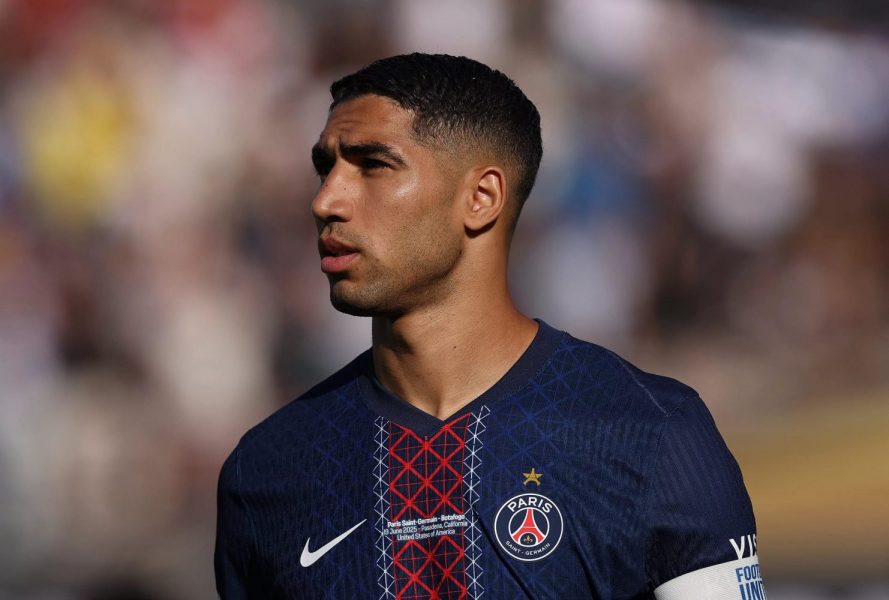
The Ballon d’Or, yes, but let’s face it: this trophy has become far too central to soccer culture. What should remain a celebration of individual excellence has become a collective obsession, swallowing up debate, polarizing passions and all too often overshadowing the beauty of the game and the greatness of the collective.
It’s no longer just a childhood dream or a reward for an exceptional career: it has become the sole barometer of a player’s worth, the focal point of a sport that now feeds on sterile comparisons, endless polemics and campaigns orchestrated with hashtags and lobbying.
Far from enhancing soccer, this overflow of debate often does it a disservice. It engenders superficial discussions, where nuance disappears in favor of one-upmanship and bad faith. Soccer is no longer debated; it’s fought over statistics, rankings and perceptions, forgetting that soccer is first and foremost a human adventure, made up of complementarities, different roles and intersecting histories.
A choice too complicated…and not interesting enough?

Take the case of Yamal/Hakimi, symptomatic of the potential debate that indirectly marked the 2024-2025 season. On one side, Lamine Yamal, FC Barcelona prodigy, creative winger, capable of technical dazzle, decisive moves and a rare offensive influence for his age. He embodies raw talent, the promise of a future Ballon d’Or winner, the player who gets the crowds on their feet and feeds social networks with his exploits.
On the other, Achraf Hakimi, a full-back for PSG and Morocco, tireless, decisive in both areas, as valuable defensively as offensively, the silent leader of a team that has won everything this season. Hakimi is the epitome of a modern, all-round player, capable of impacting the game without necessarily shining in the traditional statistics.
To compare Yamal and Hakimi is to compare the incomparable. It means contrasting two ways of being decisive, two ways of influencing a match, two visions of soccer. One fascinates with his genius and precociousness, the other impresses with his consistency, versatility and ability to sublimate the collective.
To reduce their season to a race for the Ballon d’Or is to deny the complexity of soccer, to forget that the game is not just about numbers or individual trophies. In short, it’s missing the point.
The Ballon d’Or, yes, but not at the expense of the intelligence of the game, the diversity of profiles and respect for what makes soccer great: complementarity, collective alchemy, the beauty of the gesture as much as that of the shared effort.
Soccer deserves more than a sterile debate about who deserves the Ballon d’Or. It deserves to be celebrated for what each player brings to the table, without trying at all costs to rank them on a scale that is as narrow as it is unfair.
